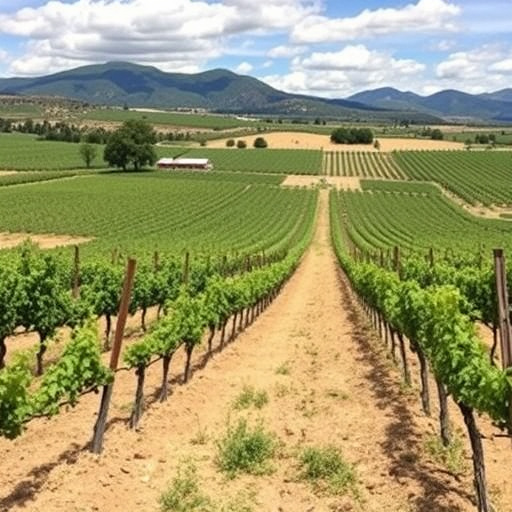Electric shuttles are transforming wine tours in Sonoita, Arizona, offering an eco-friendly alternative to traditional transportation and reducing carbon emissions. By implementing electric shuttle fleets, the wine industry aims to address air pollution concerns, enhance visitor experiences, and promote sustainable tourism in scenic areas like the Sonoita Wine Trail. Despite initial challenges, strategic planning, partnerships, and government incentives make this transition feasible, positioning Sonoita as a model for green wine tourism and inspiring similar initiatives globally.
“Discover how electric shuttle fleets are transforming wine tours in Sonoita, reducing carbon footprints and offering a sustainable solution for eco-conscious travelers. This article explores the current environmental impact of the Sonoita Wine Trail, highlighting the benefits of electric shuttles for both tourists and the planet. We delve into implementation challenges, draw insights from successful regional examples, and look ahead to the future of green wine tourism.”
- Electric Shuttles: A Sustainable Solution for Wine Tours in Sonoita
- The Current State of Carbon Emissions on the Sonoita Wine Trail
- Benefits of an Electric Shuttle Fleet for Tourists and the Environment
- Implementation Challenges and How to Overcome Them
- Real-World Examples: Successful Electric Shuttle Programs in Similar Regions
- The Future of Eco-Friendly Wine Tours: Potential Impacts and Innovations
Electric Shuttles: A Sustainable Solution for Wine Tours in Sonoita
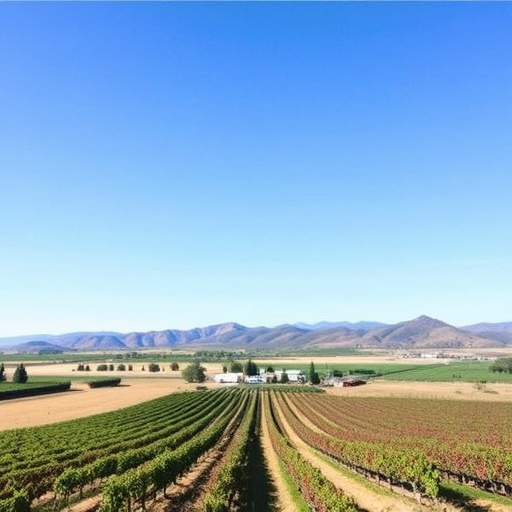
Electric shuttles are transforming the way wine enthusiasts explore the scenic Sonoita Wine Trail. These eco-friendly vehicles offer a sustainable solution for wine tours, significantly reducing carbon footprints associated with traditional tour transportation. By replacing gasoline-powered cars, shuttle services in Sonoita are playing a crucial role in minimizing emissions and promoting a greener experience for visitors.
With their zero-emission technology, electric shuttles provide an efficient and quiet way to navigate the trail, allowing tourists to focus on enjoying the beautiful landscapes and diverse wine offerings. This innovative approach not only benefits the environment but also enhances the overall visitor experience, making wine tours in Sonoita more appealing and responsible.
The Current State of Carbon Emissions on the Sonoita Wine Trail

The Sonoita Wine Trail, a popular destination for wine enthusiasts seeking unique experiences in Arizona’s scenic Santa Catalina Mountains, has traditionally relied on conventional transportation methods for wine tours. This includes private vehicles and tour buses, contributing significantly to carbon emissions and environmental impact. With an increasing awareness of climate change and the need for sustainability, there is a growing focus on reducing the trail’s carbon footprint.
Currently, the wine tour industry along the Sonoita Wine Trail generates considerable greenhouse gas emissions due to the high number of visitors and the energy-intensive nature of traditional transportation. Wine enthusiasts traveling between the various vineyards and tasting rooms contribute to air pollution, particularly during peak seasons when traffic congestion is common. This has prompted local businesses and environmental advocates to explore alternative solutions, with electric shuttle fleets emerging as a promising game-changer for reducing carbon emissions in this vibrant and bustling wine tourism sector.
Benefits of an Electric Shuttle Fleet for Tourists and the Environment
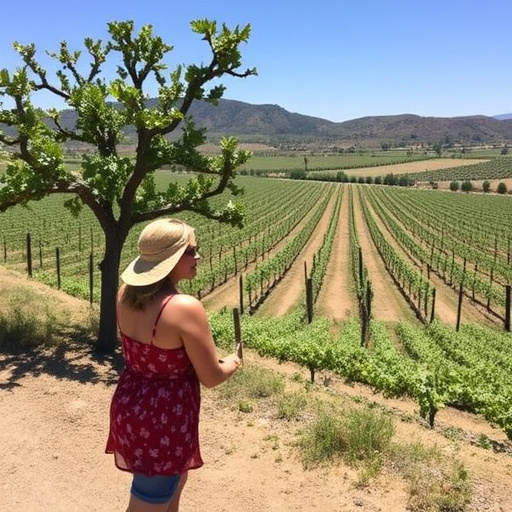
An electric shuttle fleet offers numerous advantages for both tourists and the environment, especially in scenic areas like the Sonoita Wine Trail. For visitors, these shuttles provide a convenient and eco-friendly way to navigate between vineyards and tasting rooms. With reduced noise pollution, tourists can enjoy a more peaceful experience as they explore the trail, allowing them to immerse themselves fully in the beauty of the surrounding landscape.
From an environmental perspective, transitioning to electric shuttle services significantly cuts down on carbon emissions associated with traditional gas-powered vehicles. This shift contributes to preserving the region’s natural charm, ensuring that wine tours in Sonoita remain sustainable for future generations. By adopting green transportation solutions, the wine industry can play a pivotal role in minimizing its ecological footprint while promoting a more responsible and enjoyable experience for all visitors.
Implementation Challenges and How to Overcome Them
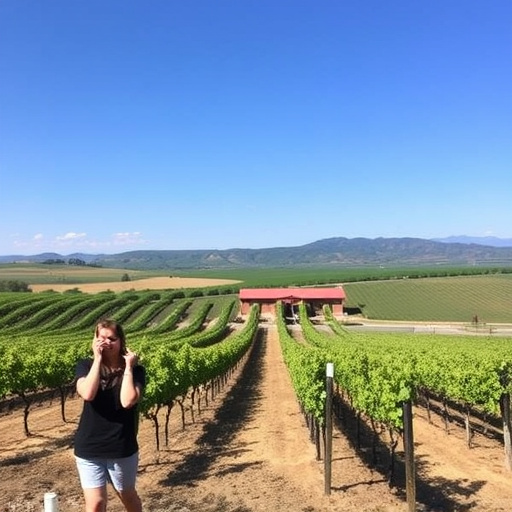
Implementing an electric shuttle fleet for wine tours in Sonoita presents unique challenges, but with careful planning and strategic solutions, these can be overcome. One major hurdle is infrastructure; charging stations need to be accessible along the trail to support extended tour durations. To address this, partnerships with local businesses and landowners can facilitate station placement, ensuring sufficient coverage for the shuttle fleet.
Another challenge lies in initial cost, as electric vehicles (EVs) and associated infrastructure are typically more expensive upfront. However, long-term savings on fuel and maintenance can offset these costs rapidly. Incentives from local governments or sustainability grants can also aid in financing, making EV adoption more feasible for trail operators.
Real-World Examples: Successful Electric Shuttle Programs in Similar Regions
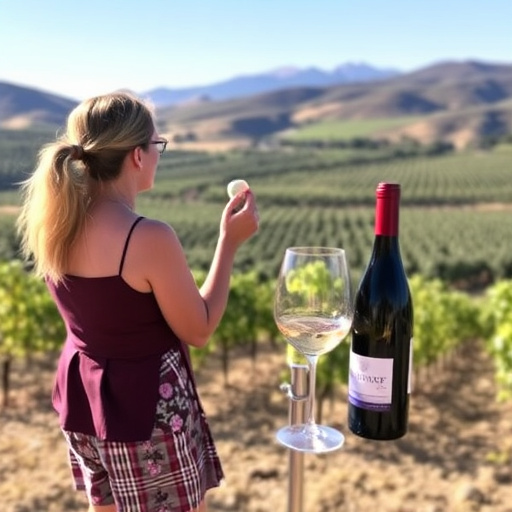
In recent years, several regions renowned for their wine tourism have successfully adopted electric shuttle programs to reduce carbon footprints. One notable example is the Napa Valley in California, where a dedicated electric shuttle fleet has been operating, providing efficient and eco-friendly transportation for wine tours. This initiative has not only cut down on greenhouse gas emissions but also enhanced the visitor experience with comfortable and quiet rides.
Another successful implementation can be seen in the quaint town of Sonoita, Arizona, known for its vibrant wine scene. By introducing electric shuttles, Sonoita has become a model for sustainable tourism. These shuttles facilitate wine tours while significantly lowering emissions, making them an ideal solution for regions looking to preserve their natural beauty and promote eco-conscious travel.
The Future of Eco-Friendly Wine Tours: Potential Impacts and Innovations

The future of wine tourism is set to be more sustainable and environmentally conscious, with electric shuttle fleets leading the charge in reducing carbon footprints on popular trails like the Sonoita Wine Trail. As consumers become increasingly aware of their impact on the planet, eco-friendly practices are gaining traction within the industry. Electric shuttles offer a clean and quiet alternative to traditional gas-powered vehicles, significantly cutting down on emissions and noise pollution during wine tours.
This shift towards sustainability has the potential to transform the entire wine tour experience, making it more appealing to environmentally savvy travelers. Innovations such as solar-powered charging stations along the trail, smart route planning to optimize energy usage, and even electric-powered tasting room visits could become commonplace. Such advancements not only benefit the environment but also enhance the overall visitor experience by promoting a more serene and picturesque setting for wine appreciation.
Electric shuttle fleets are a promising solution for reducing the carbon footprint of wine tours in Sonoita and beyond. By transitioning from traditional fuel-guzzling vehicles, tour operators can significantly lower emissions while offering visitors a sustainable, eco-conscious experience. The benefits are far-reaching, impacting both tourists’ enjoyment and environmental conservation. With growing public awareness of climate change, the future of wine tourism looks set to embrace green initiatives, ensuring that scenic landscapes remain unmarred by excessive carbon footprints.
